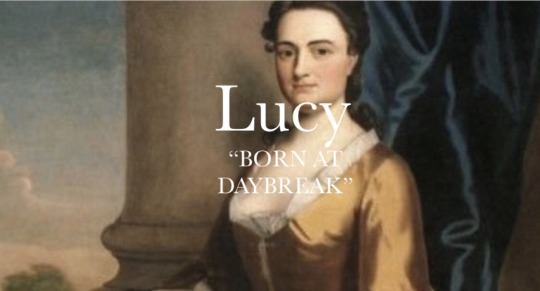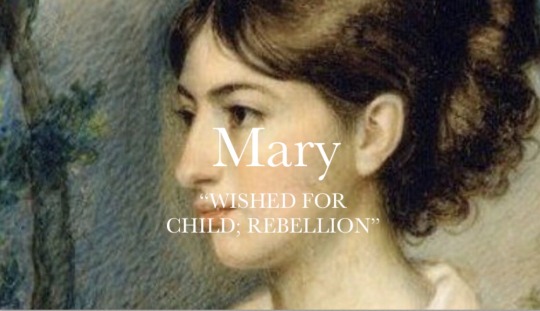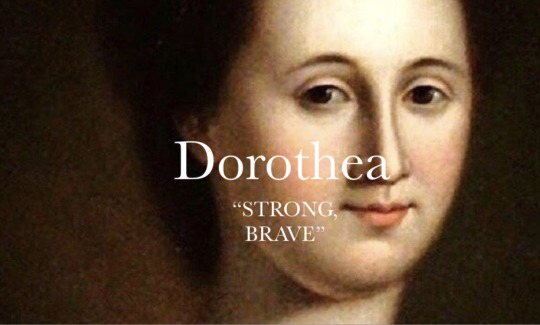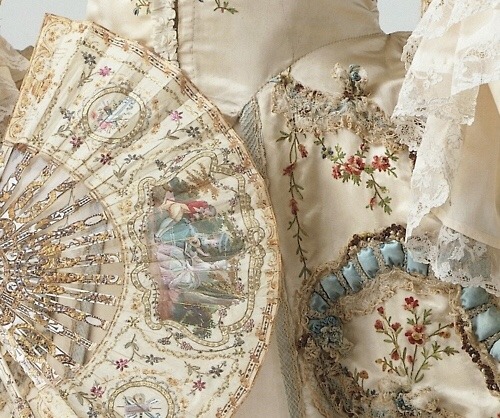Photo
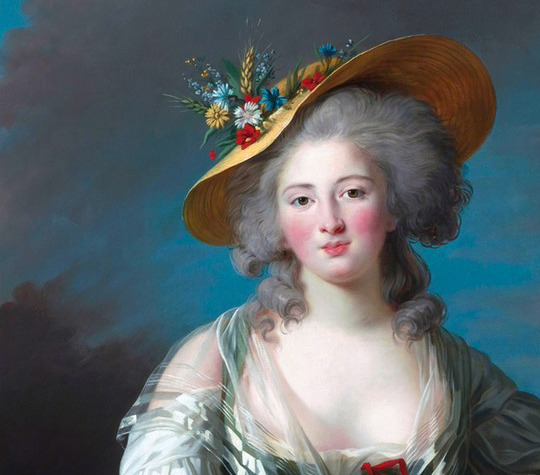
I don’t know why it is, but I am always ready to hope. Do not imitate me; it is better to fear without reason than to hope without it; the moment when the eyes open is less painful. –Madame Elisabeth, 1789.
Élisabeth Philippine Marie Hélène de France, better known as Madame Élisabeth, was executed by guillotine on May 10th, 1794. Élisabeth had chosen to remain with her brother and the rest of the royal family during the revolution and was imprisoned in the Temple Tower alongside them in the fall of 1792. She was brought before Revolutionary Tribunal on May 9th, 1794 and was condemned to death along with 23 other men and women.
Élisabeth was the last of the group to die; according to witnesses, she offered every one of the prisoners encouraging words and recited the De profundis until she mounted the scaffold.
After being strapped to the plank of the guillotine, her fichu came loose, exposing her; her last words were “In the name of your mother, monsieur, cover me.”
163 notes
·
View notes
Photo
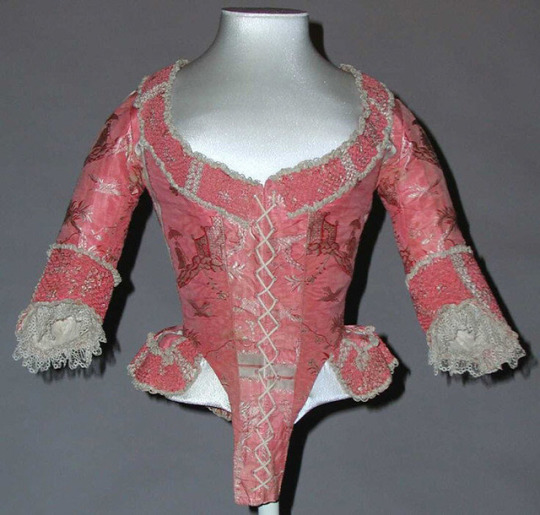

Silk bodice dating to between 1775-1785.
Source
187 notes
·
View notes
Photo
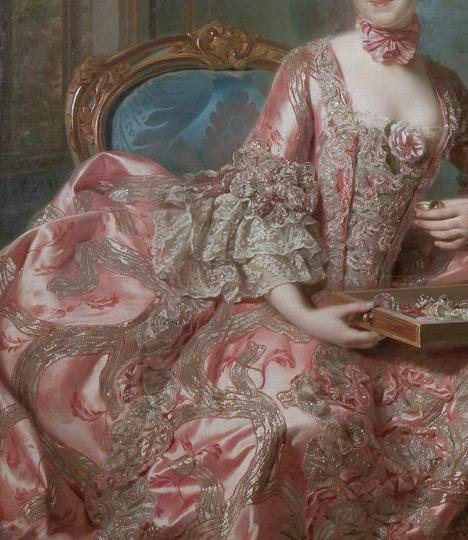
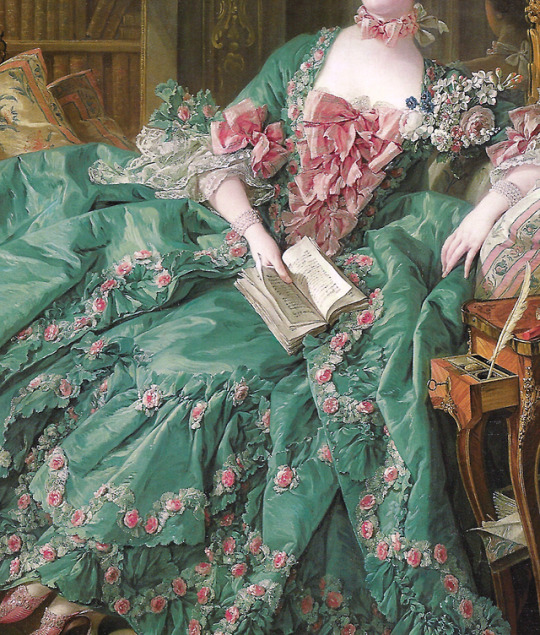
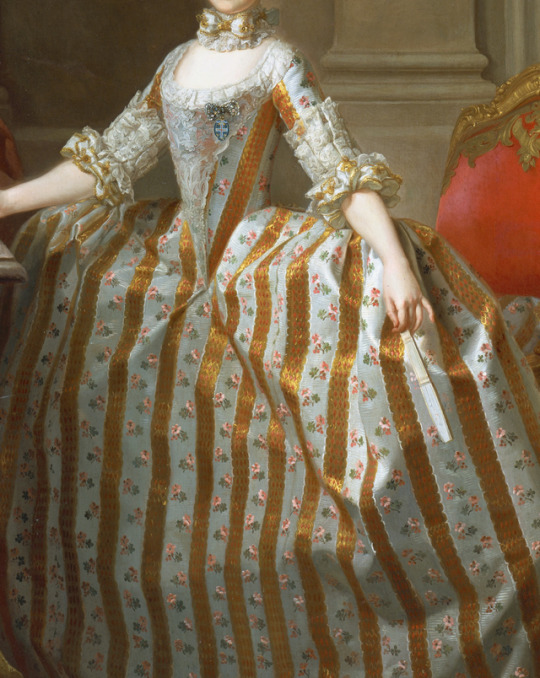

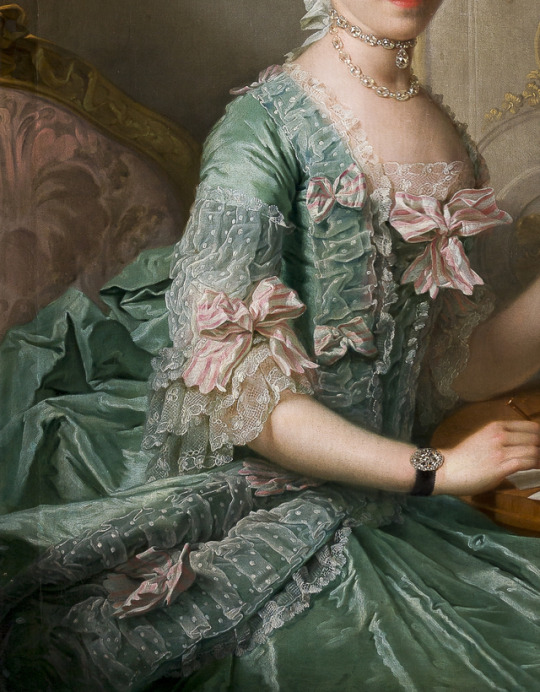

Gorgeous Dresses & Details
Double Portrait, by Alexander Roslin (1718-1793) l Portrait of Madame Pompadour, by François Boucher (1703-1770) l Portrait of Princess Maria Luisa of Parma, by Laurent Pêcheux (1729-1821) l Portrait of Marie Leszczinska, by Charles-André van Loo (1705-1765) l Portrait of Princess Sophie Friederike, by Georg David Matthieu (1737-1778) l Portrait of María Hahn, by Raimundo de Madrazo y Garreta (1841-1920)
9K notes
·
View notes
Photo
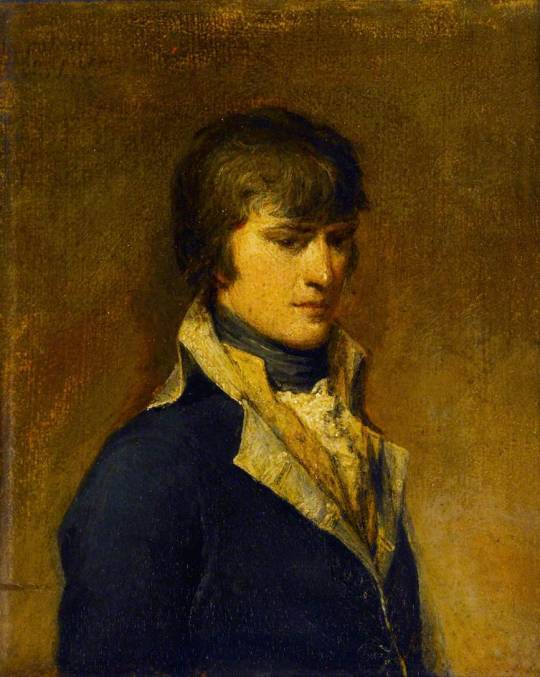
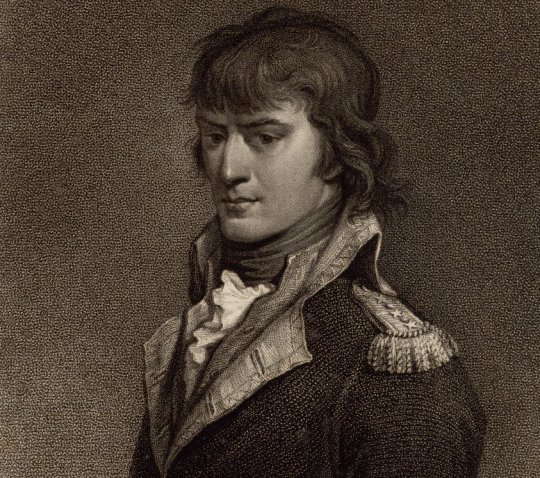
Francesco Cossia painted this portrait of the young general Bonaparte in 1797. The painting, now in the Soane’s Museum of London, was a commission of Maria Cosway. Always an impatient sitter, Napoleon only allowed (again after Josephine’s mediation) the painter to do a quick sketch during a dinner. He obtained another brief sessions briefly following the general. Cossia described Napoleon’s attitude towards him as “merry and affable”. However, the sessions were disturbed by the sitter’s impatience or by the constant arrival of urgent dispatches for him. Later Cossia would apologize for not having done better with the little time the general had given to him. From Cossia’s painting a series of engraving were made, like the one in the bottom image, published in London in 1797, one of the very first portraits the English people saw of Napoleon.
Image sources X and X.
178 notes
·
View notes
Photo

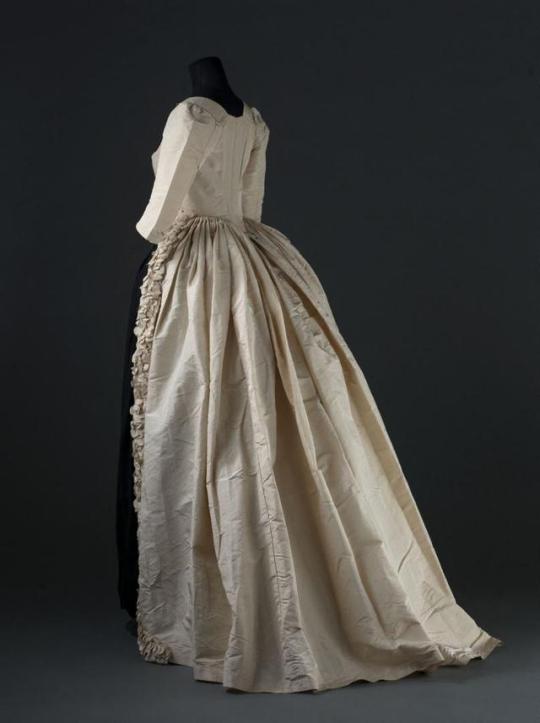
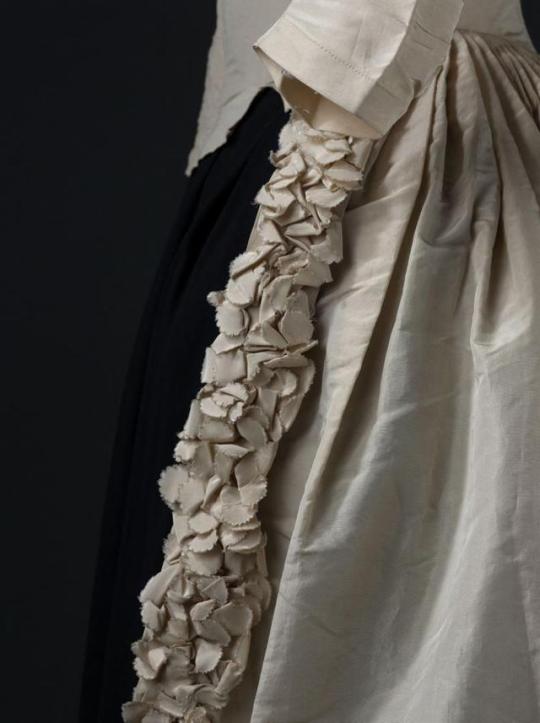
Robe à l’anglaise, 1780′s
From the Palais Galliera, Musée de la Mode de la Ville de Paris
1K notes
·
View notes
Photo
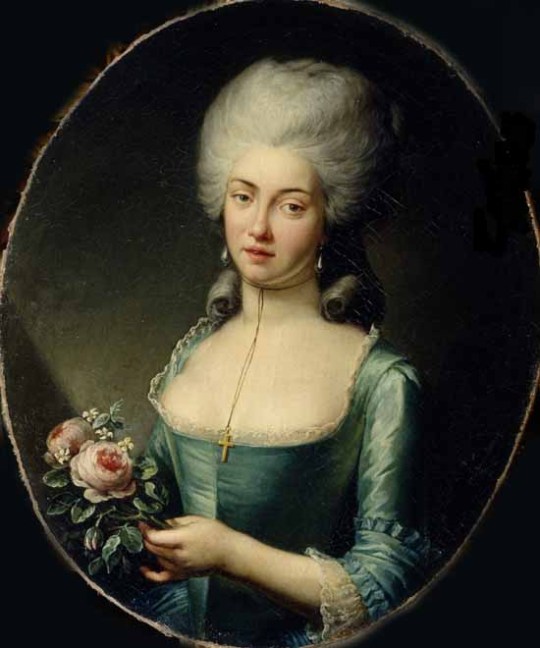
Portrait of Alexandra Repnina Volkonskaya, 1780s
557 notes
·
View notes
Photo

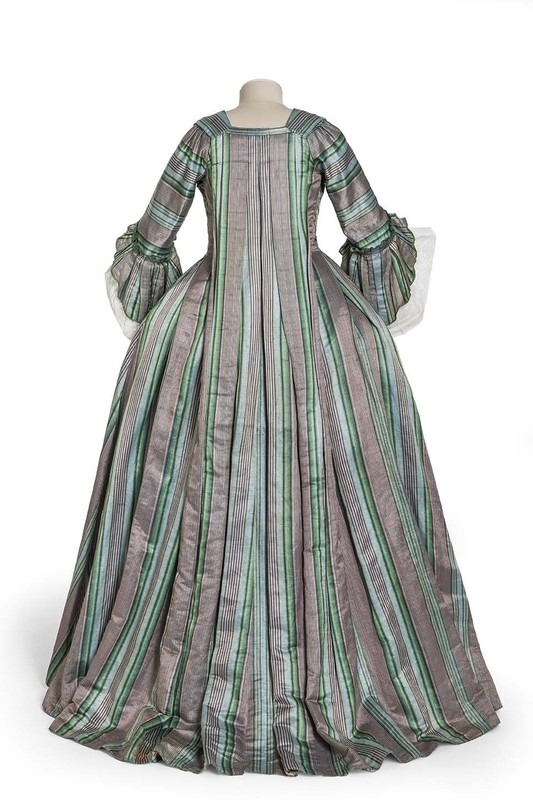
Robe à la française, 1780-85
From Les Arts Décoratifs
332 notes
·
View notes
Photo

Incidental drawing tuto’ : how to draw an angel by François Boucher’s method. | Detail: An Allegory of Painting, 1765, by the aforementioned.
23K notes
·
View notes
Photo

A portrait of Marie Antoinette and her children by Charles Le Clercq, 1781.
194 notes
·
View notes
Photo

A portrait of Marie Antoinette as a Vestal, attributed to Charles Leclercq, 18th century. [credit: Tajan, via Auction.fr]
458 notes
·
View notes
Link
The man is a gem.
#marquis de lafayette#18th century#french history#french revolution#american history#american revolution#article
35 notes
·
View notes
Photo
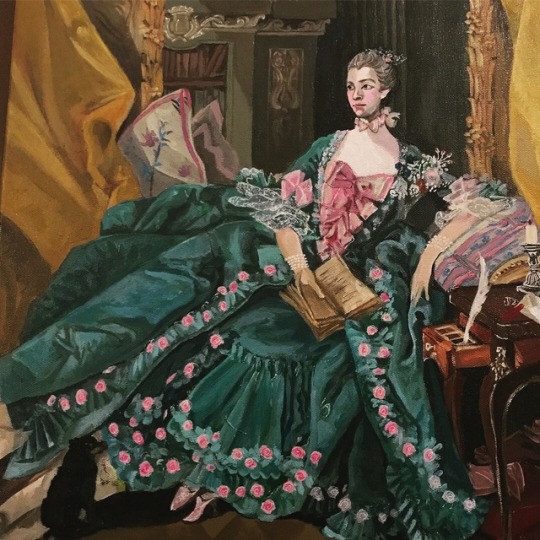
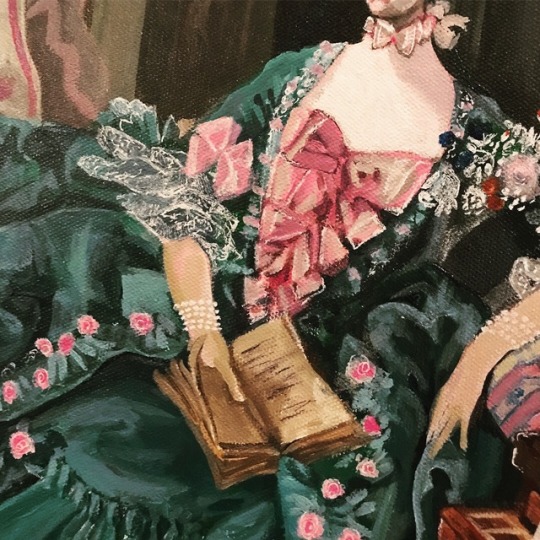
Details of my master copy of Francois Boucher’s ‘Madame de Pompadour.’ Not even close to perfect, but that’s ok :)
93 notes
·
View notes
Photo
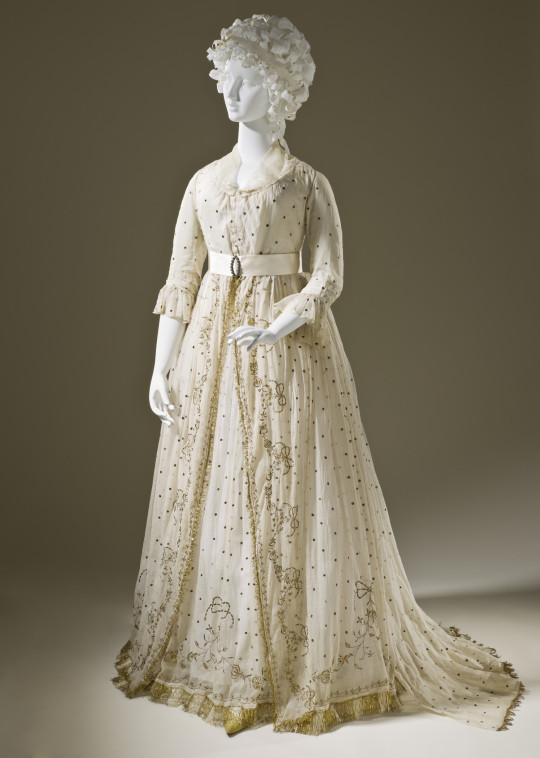
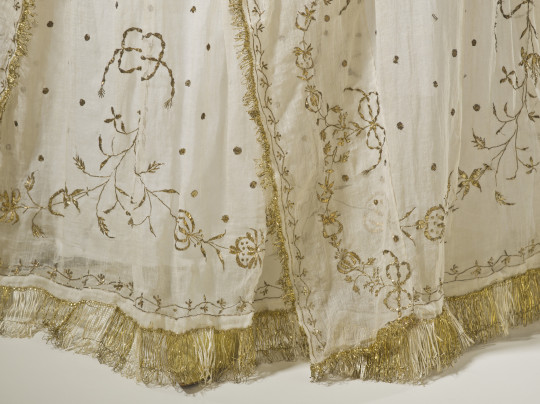
• Woman’s Dress.
Place of origin: England
Date: ca. 1795
Medium: Cotton plain weave with metallic embroidery
1K notes
·
View notes


